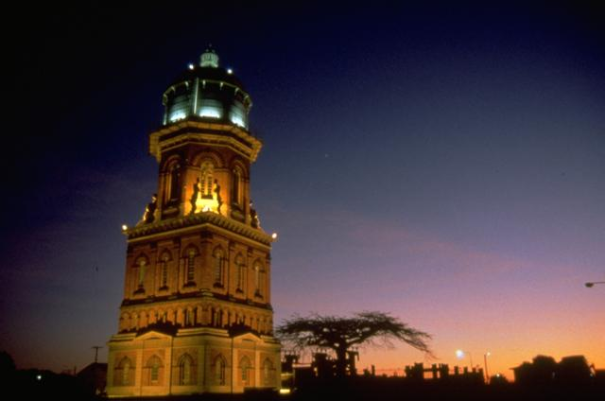Venture Southland

Rau rangatira mā, e huihui nei, tēnei aku mihi māhana ki a koutou. Kia ora tātou katoa. Distinguished guests, ladies and gentlemen, warm greetings to you all.
I specifically acknowledge: Wayne Harper, Chair of the Venture Southland Board; Your Worships Frana Cardno and Tracy Hicks, Mayor of Southland and Gore respectively; Darren Ludlow, Deputy Mayor of Invercargill; and Allie Timms, Chair of Environment Southland—tēnā koutou katoa.
Thank you for inviting Janine, our party and me to this Venture Southland reception this evening.
While I made a passing visit to Invercargill late last year for an Order of St John investiture, today marks the start of our first official Vice-Regal visit to Southland. I would like to speak briefly about the purpose of our visit by referring to our first call.
Our visit began with a call at Waihōpai Runaka at Murihiku Marae. As I said there, we went there as a proper courtesy, and to recognise their manawhenua status in this area. It also recognises the growing role of Ngāi Tahu in the economic, social and cultural fabric of the South Island.
The name “Murihiku” was favoured by many, both Māori and Pākehā, as the name for this region when the idea of separating from Otago province was mooted in the late 1850s.
It’s a pity in some ways that it wasn’t adopted, and not just because it’s a distinctive and beautiful word. The word translates literally as “tail end” or more eloquently as the “last joint in the tail.”
While some may quip that it implies you are New Zealand’s “tail-end Charlie” or more caustically, the “tail that wags the dog”! There is a more positive view. In Māoridom, Southland sits at the end of Te Waipounamu, Maui’s mythical canoe from which he hauled the North Island from the sea. And as the nautical among us all know, the end of the canoe is where the rudder and the person steering the waka is placed.
And that is the wider meaning that I think applies well to this region. While Southland makes up less than 2.5 percent of New Zealand’s population, this southern land contributes far more to the economic prosperity of our nation in industry, agriculture and especially the growing dairy industry, and in trade, business and education.
In the cultural space, the region has hosted three major feature films in recent years, with the premiere here in Invercargill a couple of weeks ago of Rob Sarkies’ much-anticipated Two Little Boys. It shows that Southland has more arrows to its bow than many would realise.
Tourism is also a major industry. From Milford Sound in the north-west to the Rakiura-Stewart Island in the south and the South Catlins in the south-east, Southland is a region of great beauty and it is naturally a magnet for tourists.
In promoting and marketing this region as a tourism destination and in promoting economic, business, enterprise and community development, Venture Southland, from which we received a briefing earlier today, plays a critical role.
The Venture Southland model, as a joint board funded by Invercargill City, Southland District and Gore District Councils and the Community Trust of Southland, shows what local government can do very effectively.
So we are here to learn of your plans and your aspirations for the future, as well as to celebrate some of your successes. We will be meeting people in education, local government, conservation and a host of different businesses and community groups.
I’m also looking forward to the ITM Cup Championship match between Southland and Northland – the two ends meet! As I hail from Whanganui and live in Wellington, I should be reasonably safe in backing the local boys!
To close, I would like to quote the late Professor Howard Critchfield, an eminent American geographer who wrote his PhD thesis about the geography of Southland agriculture. Undertaking his research in the late 1940s, he wrote of the people he met in the following words: “Their climate is cold, but their hearts are warm.”
Those words still ring true more than 60 years later. Thank you again for your warm welcome to Southland. Kia ora huihui tātou katoa.
